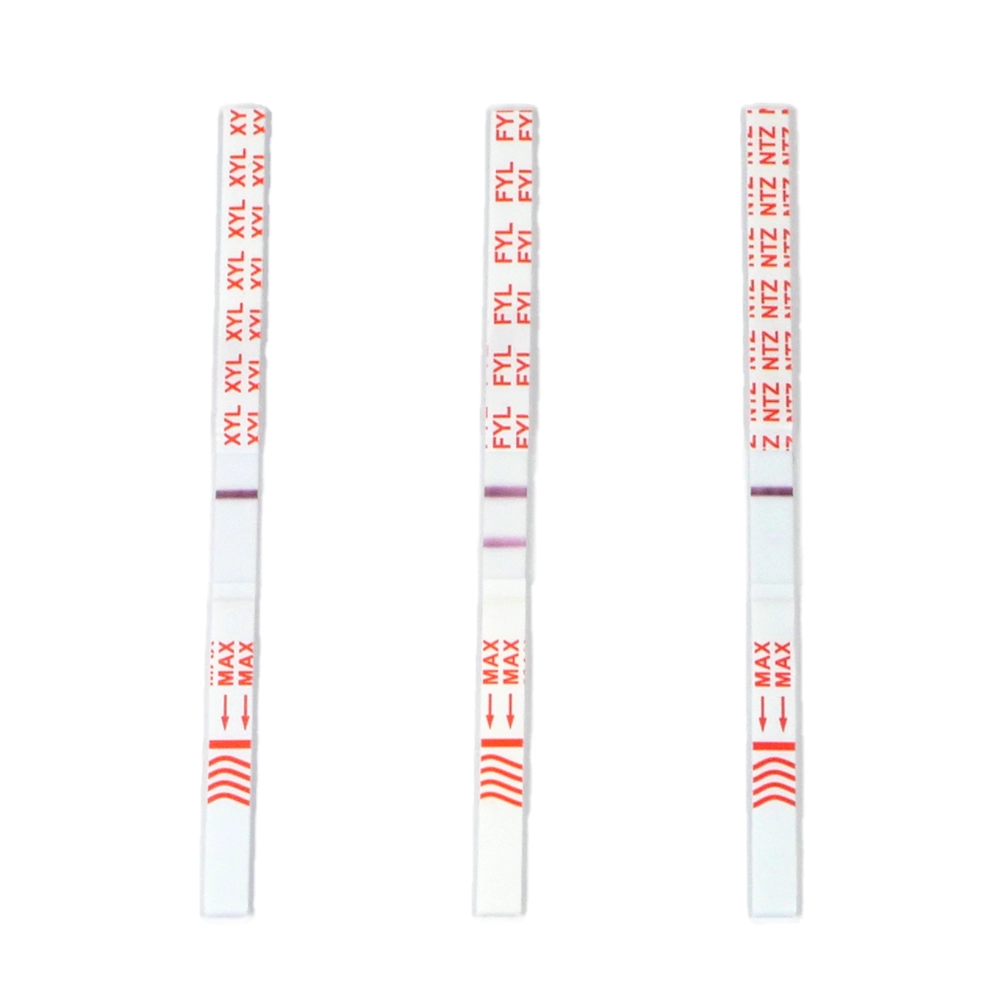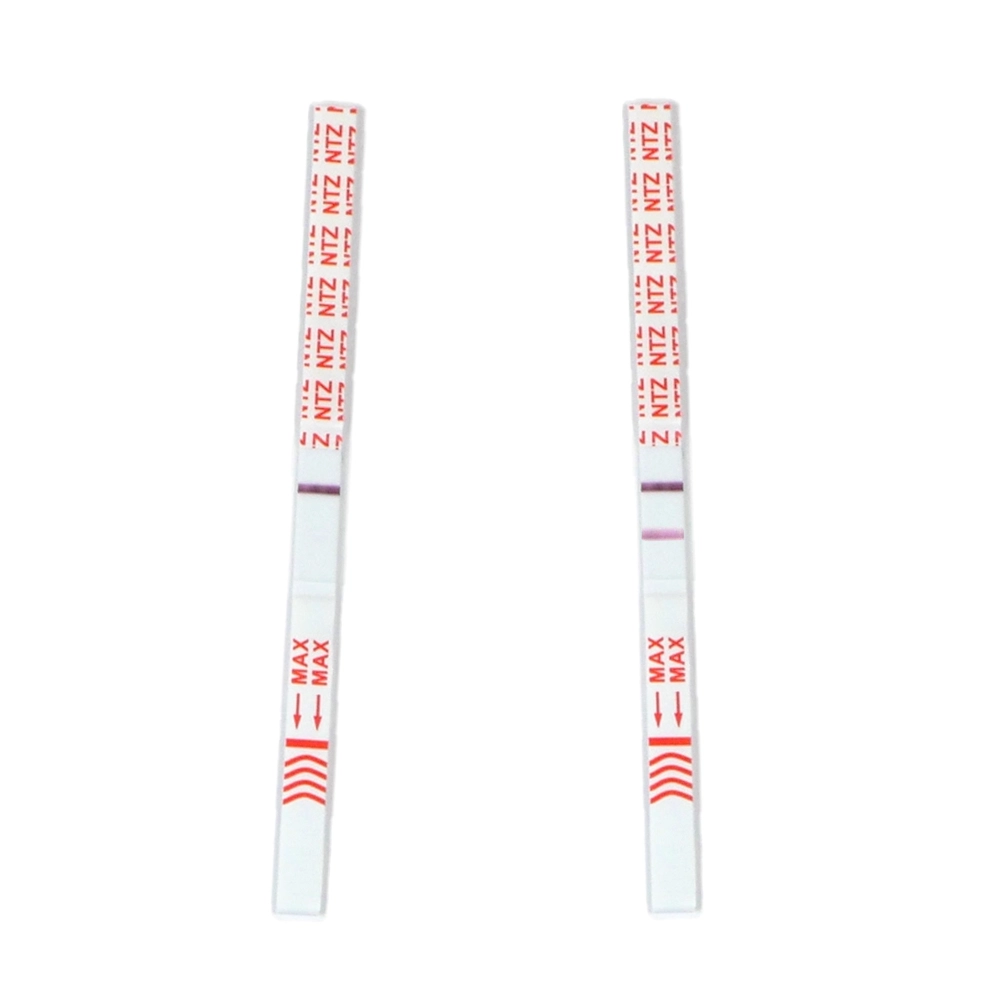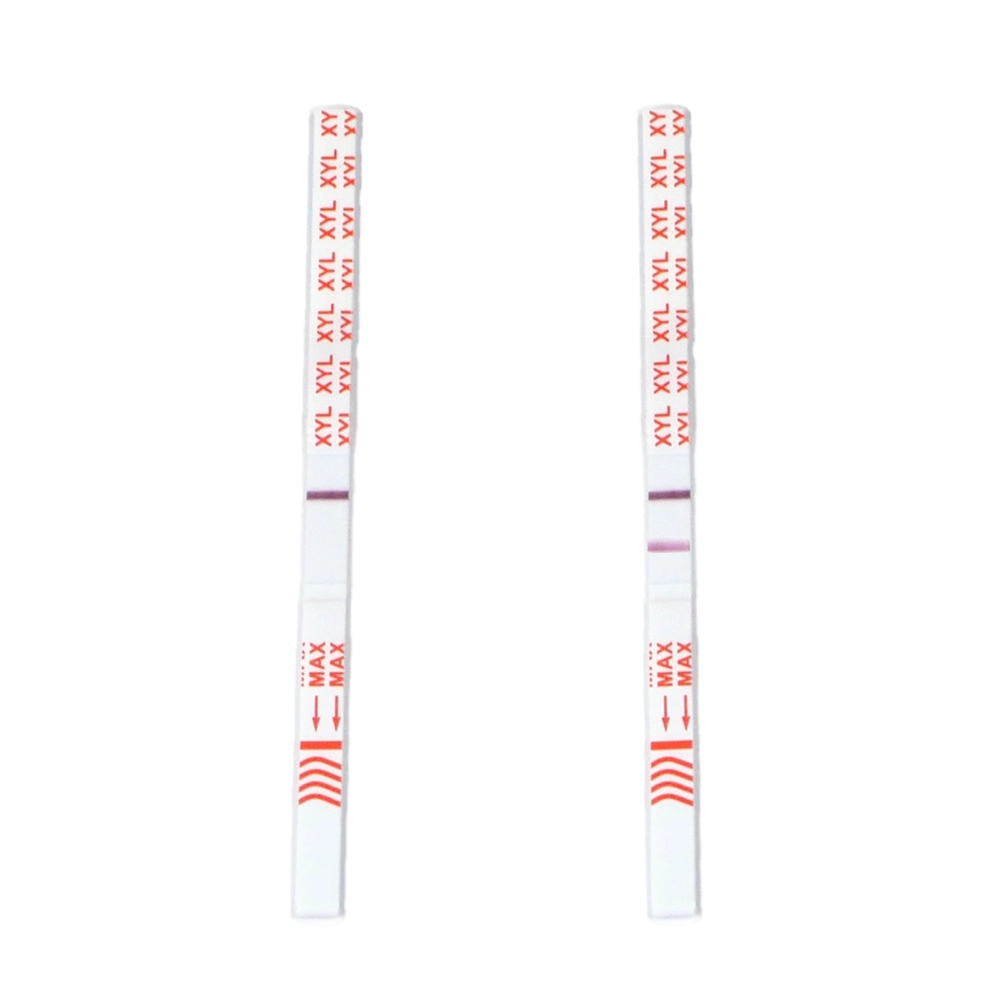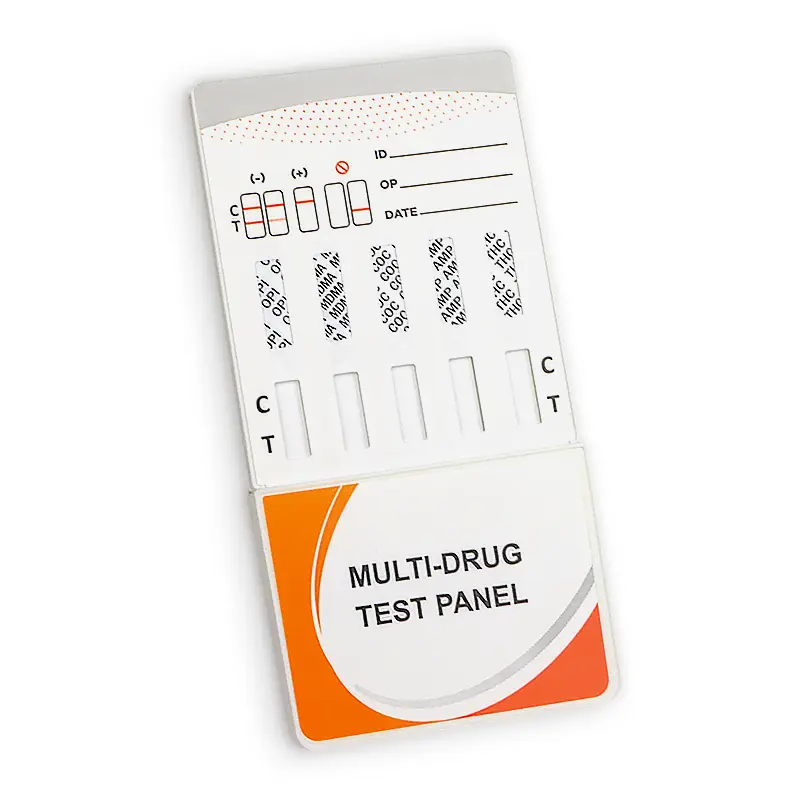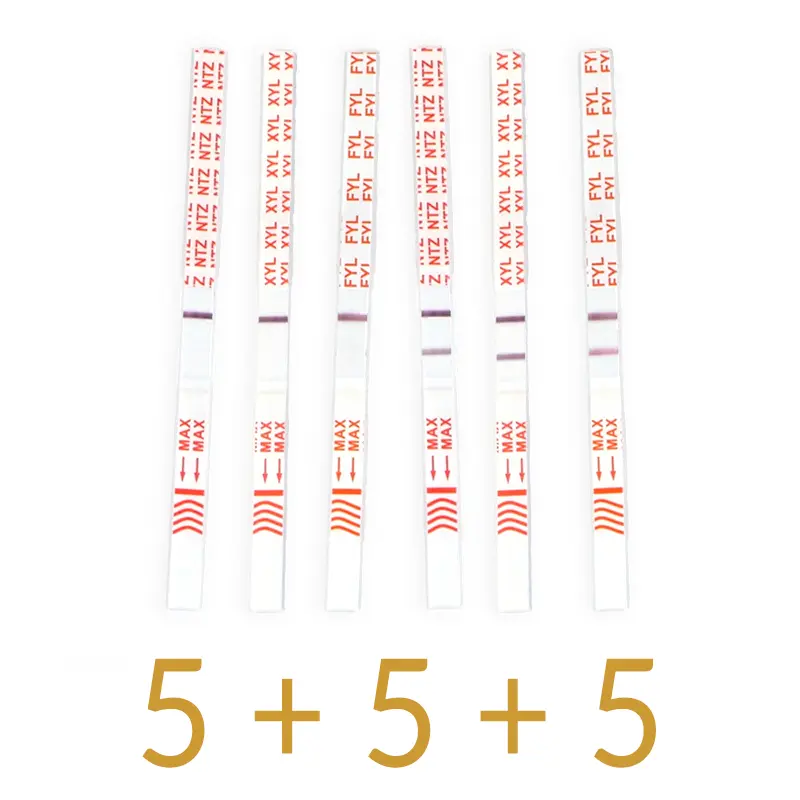How to detect nitazenes?
Nitazenes (etazene and its analogs are a new group of opioids found on the black market. They are usually sold as benzodiazepines (e.g. fake Xanax) or heroin and morphine and come with high risk of overdose. Unlike benzodiazepines, nitazenes can easily cause respiratory failure and death, and unlike heroin and morphine, their toxicity and dosage are not well-known.
All these substances can be detected through laboratory analysis, including simple presumptive rapid testing methods such as nitazene test strips or colorimetric reagents. In this article, we will show how to detect nitazenes (benzomidazoles) using a test kit.
Examples of nitazenes:
- Etonitazepin
- Isotonitazen
- Metonitazen
- N-desetyletonitazen
- N-desetylisotonitazen
- N-piperidinyletonitazen,
- Protonitazen
How to detect nitazenes using test strips
Nitazene test strips are the most selective tools for detecting nitazenes even in trace amounts mixed with other compounds. Although as any other test kit, no test strip can detect all compounds, at all concentrations and in any sample, nitazene test strips can detect benzomidazoles at concentrations as low as 0.001-2mg/ml. Test strips are the best place to start when testing for presence of novel synthetic opioids.
Nitazene test strips detection limits with some of the tested nitazenes:
- Isotonitazene – 2000ng/ml
- Etonitazene – 1000ng/ml
- Metonitazene – 1000ng/ml
- Protonitazene – 1000ng/ml
How to detect nitazenes using reagent tests
Nitazenes (benzomidazoles) can be detected using reagents, especially the Liebermann or Morris test. The Morris test reacts with a distinctive deep blue color specifically with etazene, allowing its detection even if it is mixed with, for example, heroin. However, its analogs may not necessarily behave similarly, so this method cannot be relied upon to exclude unwanted opioids. A much more reliable approach is to use reagents for checking black market benzodiazepines. In contrast to, for example, alprazolam, some etazene derivatives show a strong reaction with the Liebermann reagent.

Morris reagent reactions with Etazene and derivatives
Etazene – Reagent Test Results:
- Marquis Reagent – pink or light orange
- Mecke Reagent – dark yellow or light orange
- Mandelin Reagent – orange / red
- Liebermann Reagent – dark brown / purple
- Froehde Reagent – orange
- Robadope’s Reagent – no pink color change
- Simon’s Reagent – no blue color change
- Zimmermann Reagent – no reaction
- Morris Reagent – no reaction
- Cannabis Reagent – no reaction
Etonitazepin – Reagent Test Results:
- Marquis Reagent – no color change / pale yellow
- Mecke Reagent – no color change
- Mandelin Reagent – no color change
- Liebermann Reagent – dark brown / purple
- Froehde Reagent – yellow
Isotonitazen – Reagent Test Results:
- Robadope’s Reagent – no pink color change
- Simon’s Reagent – no blue color change
- Zimmermann Reagent – no reaction
- Morris Reagent – pale green
- Cannabis Reagent – no reaction
Metonitazen – Reagent Test Results:
- Marquis Reagent – no color change
- Mecke Reagent – yellow > brown
- Mandelin Reagent – pale orange and green
- Liebermann Reagent – red purple
- Froehde Reagent – yellowish
- Robadope’s Reagent – no pink color change
- Simon’s Reagent – no blue color change
- Zimmermann Reagent – no reaction
- Morris Reagent – pale blue
- Cannabis Reagent – no reaction
N-desetyletonitazen – Reagent Test Results:
- Marquis Reagent – pale yellow/brown
- Liebermann Reagent – reddish brown
- Froehde Reagent – yellow
N-desetylisotonitazen – Reagent Test Results:
- Marquis Reagent – pale yellow
- Liebermann Reagent – purple-brown
- Froehde Reagent – light blue
N-piperidinyletonitazen – Reagent Test Results:
- Marquis Reagent – no color change
- Mecke Reagent – light yellow / brown
- Mandelin Reagent – light green and orange
Protonitazen – Reagent Test Results:
- Marquis Reagent – no color change
- Mecke Reagent – yellow
- Mandelin Reagent – light green and orange
Drug Tests for Etazene and Etazene derivatives
As mentioned above, for testing the latest generation opioids, test strips are recommended, however we also recommend Liebermann, Morris and Froehde reagent tests..
Recommended test kits:
A positive or negative test kit result does not indicate if a substance is safe. No substance is 100% safe.
